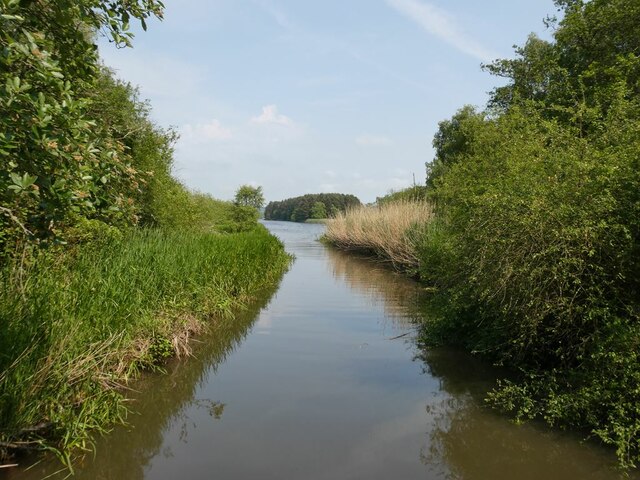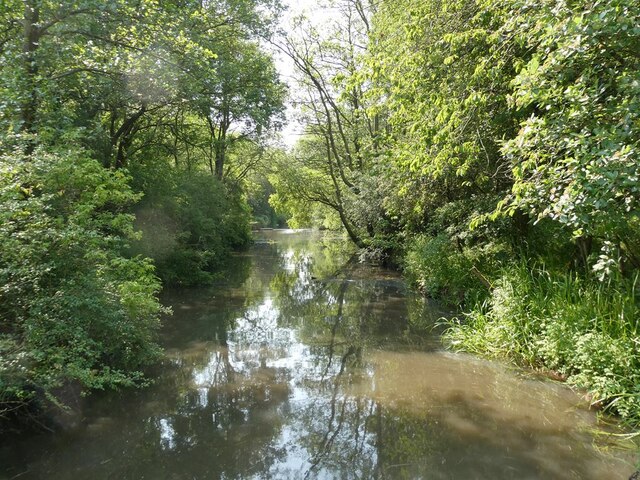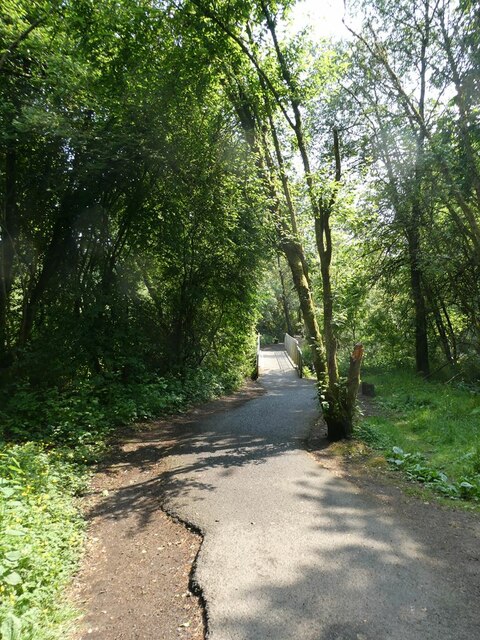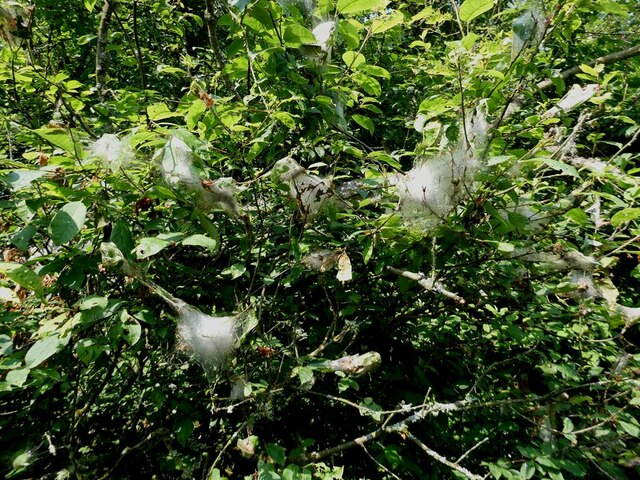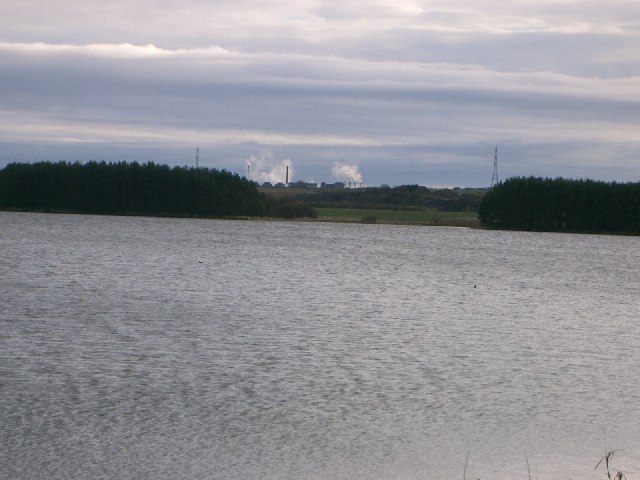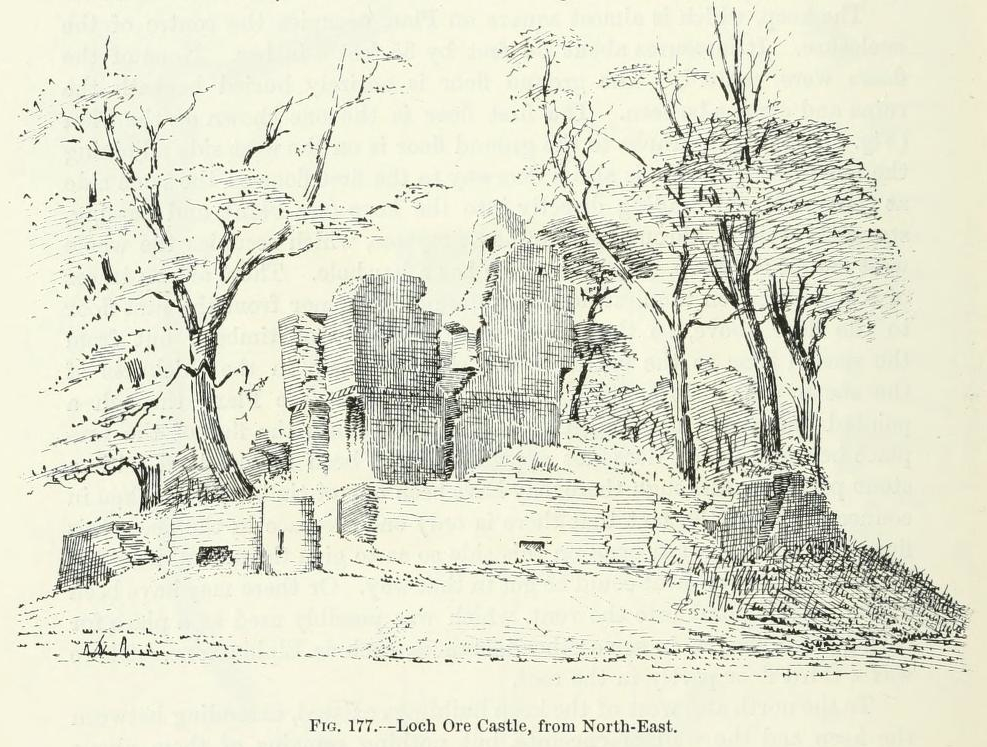Clune Plantation
Wood, Forest in Fife
Scotland
Clune Plantation
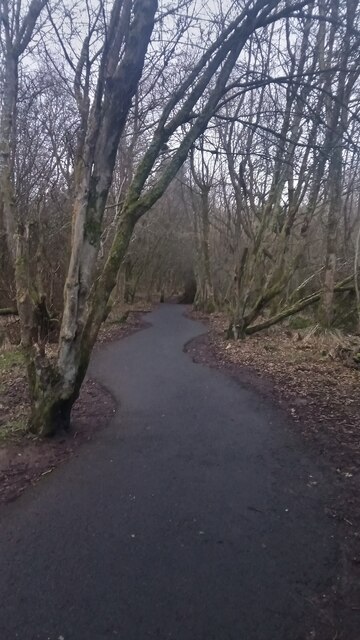
Clune Plantation, located in Fife, Scotland, is a woodland area known for its natural beauty and rich history. Spanning approximately 300 acres, the plantation is nestled within the picturesque landscape of the East Neuk of Fife.
The plantation is predominantly composed of a diverse array of trees, including native species such as oak, birch, and beech. This mixture of deciduous and coniferous trees creates a stunning and varied woodland environment, offering visitors a peaceful retreat from the hustle and bustle of everyday life.
Clune Plantation is also home to a variety of wildlife, making it a popular spot for nature enthusiasts. Red squirrels, deer, and a wide range of bird species can often be spotted within the woodland, adding to its natural charm and allure.
In addition to its natural beauty, Clune Plantation holds historical significance. The site was once part of the larger estate of Earlshall Castle, which dates back to the 16th century. While the castle itself no longer stands, remnants of its former grandeur can still be seen in the form of ancient stone walls and ruins scattered throughout the plantation.
The plantation offers visitors a network of well-maintained trails, providing opportunities for leisurely walks, hiking, and wildlife observation. Whether it's a peaceful stroll among the trees or an exploration of the historical ruins, Clune Plantation offers a captivating experience for all who visit.
If you have any feedback on the listing, please let us know in the comments section below.
Clune Plantation Images
Images are sourced within 2km of 56.138471/-3.3358018 or Grid Reference NT1794. Thanks to Geograph Open Source API. All images are credited.

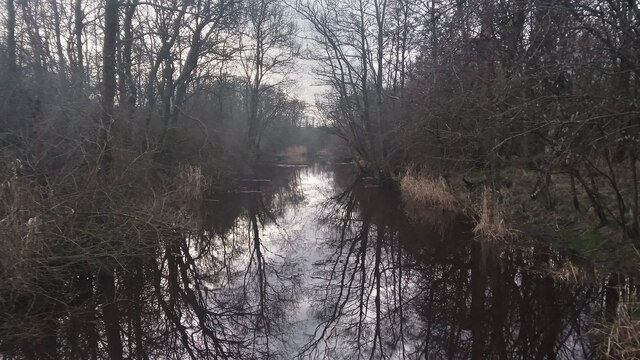




Clune Plantation is located at Grid Ref: NT1794 (Lat: 56.138471, Lng: -3.3358018)
Unitary Authority: Fife
Police Authority: Fife
What 3 Words
///liquids.nobody.overlaps. Near Lochgelly, Fife
Nearby Locations
Related Wikis
Glencraig
Glencraig is a very small former mining village in Scotland, situated in the Benarty area of Fife, between Crosshill and Lochgelly. The village's population...
Loch Ore
Loch Ore is a loch situated in Fife, Scotland. It forms the core of Lochore Meadows Country Park. It is used mainly for leisure purposes, especially yachting...
Lochgelly High School
Lochgelly High School is a non-denominational secondary school located in Lochgelly, Fife. The school's catchment area covers Lochgelly and the surrounding...
Lochore Castle
Lochore Castle is a ruined 14th-century tower house, about 3 miles (4.8 km) south east of Cowdenbeath, Fife, Scotland, and south of Lochore, east of Loch...
Nearby Amenities
Located within 500m of 56.138471,-3.3358018Have you been to Clune Plantation?
Leave your review of Clune Plantation below (or comments, questions and feedback).
